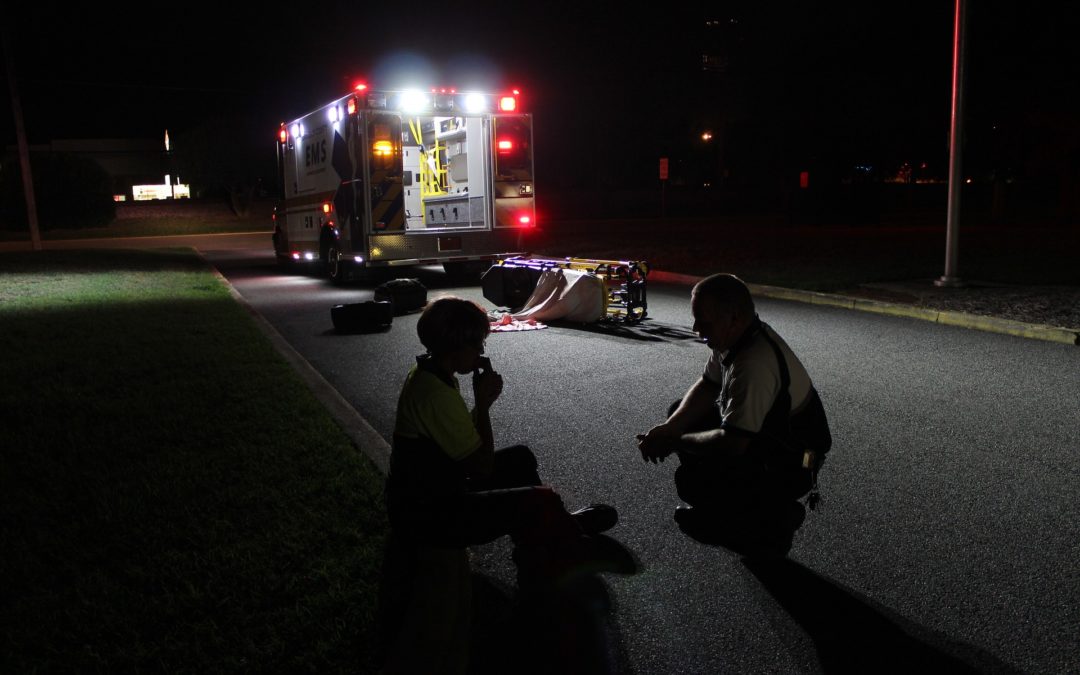Traumatic experiences may cause major emotional and mental disruption in our lives, and—in more serious cases—a clinical disorder called post-traumatic stress disorder (PTSD) may develop. According to the American Psychiatric Association, PTSD is a psychiatric disorder that can occur in people who have experienced or witnessed a horrifying event such as a natural disaster, a serious accident, a terrorist act, war or combat, rape, or other violent personal assaults. It can happen to anyone, and no ethnicity, sex, or age is immune. The symptoms include, but are not limited to, sadness, difficulty sleeping, disassociation, personal isolation, nightmares, fear or anger.
So, what are the treatment options?
Medication and talk therapies are typically used separately or in combination to combat this psychological disorder. Typically, PTSD patients are prescribed the same antidepressants that patients struggling with depression would be subscribed—mostly SSRI medications. Cognitive behavioral therapy (CBT) has been particularly successful in reducing these symptoms. CBT is a type of therapy that focuses on everything to do with the trauma; the goal is to identify the experience, understand the way it makes a patient feel, and ultimately change their behavioral and thinking patterns that manifest as a result of those feelings. CBT is an active form of therapy, where the ultimate goal is to re-program the brain’s way of reacting to the traumatic event. Although these options are still viable and effective, researchers are always diving deeper and discovering new and better treatments for post-traumatic stress disorder.
Most recently, scientists have found that PTSD is linked to brain laceration and shrinkage. Due to this latest discovery, the most current treatment protocol consists of medication along with, exposure and response prevention therapies:
- Eye Movement Desensitization and Reprocessing (EMDR) – is a form of therapy that involves the patient listening to a sound or watching a back and forth movement while thinking about traumatic memory. The goal here is to be able to recall something positive when traumatic memories flood back into their mind.
- Stress Inoculation Training (SIT) – This is a type of CBT that patients can actually perform themselves. This training is meant to teach patients to deal with the stress that comes with their memories, and learn to let it pass. In other words, learning to stop negative thoughts before they occur.
- Virtual Reality/Augmented Reality (VR/AR) with Exposure – treatment by the use of virtual reality or augmented reality, assisted by exposure therapy. A few apps have been developed in support of this idea, but more testing and trials need to be performed. To learn more about the recent discoveries regarding PTSD follow this link.
If you have already struck out with multiple treatment options for your PTSD, consider ketamine infusions. Our clinics, Ketamine Greater Boston and Ketamine West Hartford, have seen ketamine change countless lives for the better. The VA (veterans association) has even boarded the ketamine train and is integrating this drug into their military PTSD treatment plans. Ketamine works by allowing the brain to form new, healthy neural connections, biologically reducing the symptoms of depression, anxiety, or PTSD.

Contact Ketamine Greater Boston & Ketamine West Hartford
Contact our Greater Boston area or West Hartford, CT ketamine clinics today for a free consultation. Our professional staff is here to answer questions, or concerns, you may have about ketamine infusions. We want yours to be the next life saved. There is hope for the future, contact us to find it.
No Fields Found.

Recent Comments